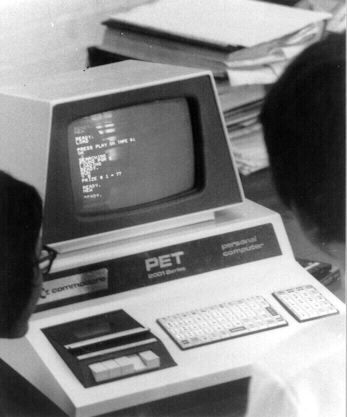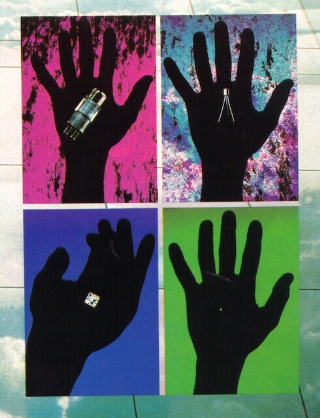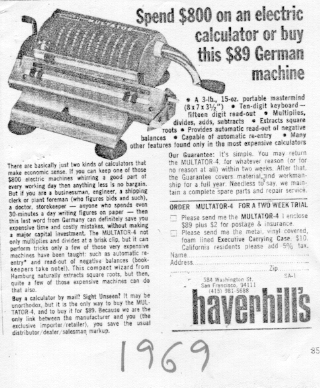
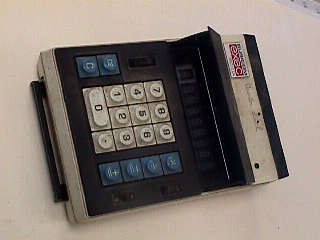
After I came to Taunton School in 1969 it was several years 'til we moved ahead. We bought one of the first calculaters for the Science Department, well before the office which still used electro-mechanical devices. It was mains powered, had fixed decimal places, and was as big as a modern desktop.
Headmaster John Rae had appointed several bright new teachers to shake up a very traditional school as the 'Swinging Sixties' came to an end in a climate of revolutionary challenges to established orthodoxy. He quickly moved on to Westminster School!


However as valves gave way to transistors & then were increasingly were integrated onto larger & larger numbers on silicon 'chips' or dice, created many at a time, the devices became more & more powerful & reliable & less & less expensive.
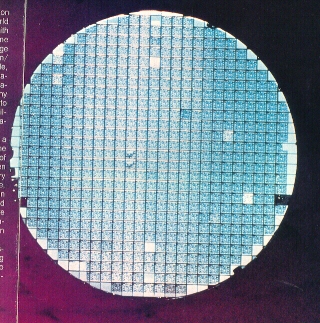
By the mid 70's we were doing Nuffield electronics with pupils, & we made things like binary counters from single-transistor 'Basic Units'. The big electronic firms started making chips cheap & powerful enough for amateurs to use, & in January 1978 I exhibited nationally one of the first self-built microcomputers in a British School, to the Association for Science Education in Liverpool. Data was entered as 8 toggle switches to enter a byte. Display was two hex LED digits. It had 256 bytes of RAM & no tape storage at first. The monitor- equivalent of BIOS- had to be entered by hand each time you powered up.
Soon after, the first pre-built computers for amateurs became available & we bought one of the first Commodore PET's to be imported with financial help of a parent. Again I showed it nationally in Oxford. The School was well known for its lead in the area & Norman Roberts was supportive. Pupils like Gavin Andrews did great things and went on to careers in the field with companies like Logica. We even experimented with printers & disk drives. The one PET plus disks & printer cost about 2000 pounds- near 8000 at 1998 prices. We commuted down to Exeter Uni. or up to Berkeley Nuclear power sation to meet like-minded microcomputer enthusiasts. You could do both journeys on the recently completed 'motorways'!
The PET ran monochrome graphics of 80 by 50 pixels. We experimented with 'art' and mathematical graphics. We ran simulations like Lunar Landers & Hamurabi. We wrote random haiku, and began word processing on a printer which gave no descender tails on letters like y,p etc. And we programmed- because there were few useful commercial aplications yet- in BASIC, machine code, assembler, FORTH, LISP, PROLOG, PASCAL & MODULA.
